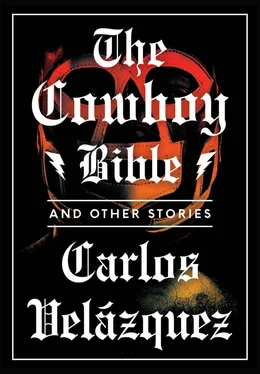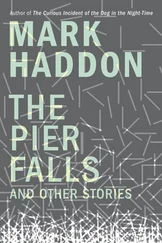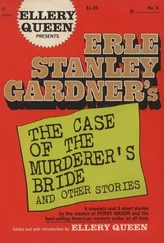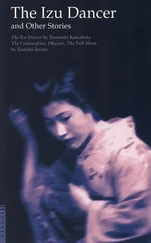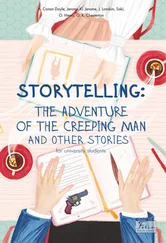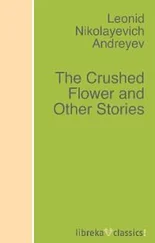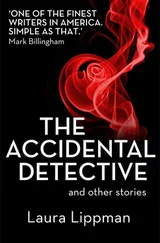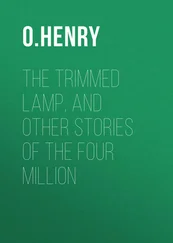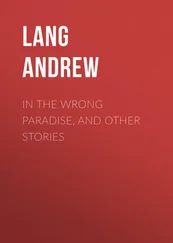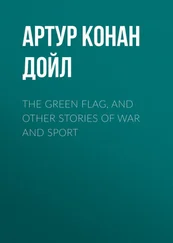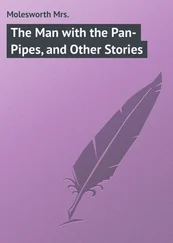Carlos Velázquez
The Cowboy Bible and Other Stories
For Celeste Velázquez,
red-beaked little white dove
I could see the big neon Bible all lighted up on the preacher’s church. Maybe it’s lighted up tonight, too, with its yellow pages and red letters and big blue cross in the center. Maybe they light it up even if the preacher isn’t there.
John Kennedy Toole, The Neon Bible

For José Alfredo Jiménez Ortiz
I was born in a corner. In a wrestling ring. At Gómez Palace. I’m Lagunero. I’m rudo —a thug, a rascal. I’m a Menace.
I’ve always lived in San Pedro Amaro de la Purificación, in the state of Coahuila. The best Western of my childhood— Rue des Petites Epicuros , Paris, July of 19**—starred my father, masked, playing his old plastic sax on top of the ring. His name was Eusebio Laiseca, but he was known that night in Belgrano as Menace I, an RCA corporate shareholder. In addition to being a Greco-Roman wrestler and having a weakness for Raquel Welch’s ass, he formed part of the famous norteño duo, El Palomo and El Gorrión.
I first stepped in the Laguna Olympic Arena when I was five years old. I still remember my father, his back flat against the canvas, improvising some free jazz with his double quartet. That day, between the twelve strings and the four corners, before Don Cherry could jump off a post with his toy trumpet, I bared my obsessions. The first, the barrier created by my father’s mask (the mask he wore to fight was like a burladero , a wall that shelters fleeing bullfighters), and the second, the Bible he gave me when he defeated Santo, the Silver Mask. A Latin American paperback, bound in denim. A beauty, its color ranging from the intensity of Blue Demon’s mask to a Levi’s 501 fade. My father baptized it The Cowboy Bible* and I couldn’t let it go. It became my security blanket. I was the new Linus. The Linus of the neon ring.
At sixteen, I saw two junkies die: Menace I and Menace II. My father left me his masks, his cape and his boots, handmade courtesy of some Anglosexual groupies. I didn’t drop out of school. I had a degree in analysis and in the discrepancies between Side B, the bonus track, and the hidden track. One night, as I was working on my thesis about the influence of MP3 technology on imitation wrestler suits, El Joven Murrieta announced the return of a legend on the ten o’clock news, the headlining appearance of Santo’s Son. That’s when I climbed into the ring.
I debuted Sunday, December 21st. My godfather was Yelero Aguilar. A semifinal match. Australian relievers. The Ministers of Death I and II and Menace Jr. versus Tony Rodríguez, The Gentleman Falcon, and Little Falcon. Referee: Sergio Cordero.
We climbed into the ring accompanied by international cheerleaders. The Cousins, a female group from Argentina, sang, Watch your hands, Antonio, ’cuz Mama’s in the kitchen. Depeche Mode’s Never Let Me Down Again played in the background. That’s when I discovered my wrestling style, what would later be called Neo Vulgar Retro Kitsch. The kind of experimentation that had me playing Ministry with Rocío Banquells and Los Ángeles Negros, Los Terrícolas, and Los Caminantes, with María Daniela y Su Sonido Lasser.
No wrestling arena ever has AC, parking, or clean bathrooms. Since I had won the First contest at the Coahuila 2002 facilities with a set of cages I called First Adolescents, the critics called me a fan of Technologic, Daft Punk’s new video. Another group that was not too upset about my scandalous rise in popularity called me the boy genius of Lagunero painting.
The Cowboy Bible is like Black Mathematics or like a Little Brown Book. Before each match, I’d open the Bible in the dressing room in front of an altar dedicated to Yemayá, Eleguá, Changó, Ochún, and Obatalá. As a sacrifice I would offer up whatever pop single was playing on the radio and then I’d eat a chicken heart. When it came to Santería, I was privileged. The Cuban gods protected me in combat.
Because Gómez Palacio has always been the exquisite and proud birthplace of so many celebrity wrestlers, my solo and group shows grew in proportion to my detractors. The boxing and wrestling commissioner, in a sublime move, sentenced me to tour the Torreón-Gómez-Lerdo circuit.
The Ministers and I were victors everywhere. At the Municipal Auditorium, the crash cathedral, we unmasked the masked Diaboliques I, II, and III. They were triplets who worked at a butcher shop in downtown Gómez Patricio. My agent, making sure we had a dramatic line-up, got us a stellar fight, our last as the Three Musketeers, because he knew I needed to abandon the classic power trio format — bass, drums, guitar — in order to launch myself as a soloist.
My first individual performance was at the Laguna Coliseum. Wrestling fans are no different than film fans or ballet buffs. They are dying to say fuck you to the referee, to piss on the linesman. That’s when I started to suffer from withdrawal. It happened during hand-to-hand combat against the Great Markus. In the darkness of my dressing room, naked and possessed, I had sacrificed a Mecano single. I was going through cold turkey because of The Ministers’ absence. As I climbed into the ring, I showed the Cowboy Bible off to the audience, to the firefighters, to the cops, to the press. I put my hand on my heart and promised to abide by Murphy’s Law. The bell rang and the Great Markus said, Just take off your shitty little Wranglers and let’s play billiards. I won by knocking him down, twice. The first and second time.
My opponents were always rudos or exotics. My manager and Little Saint Jude Thaddeus — all that yakking’s gonna win you a smacking — said that a gladiator like me, who can take on Whoppers and Dagwoods with ease, should not waste his talents on conventional choreography. Blood should splatter the seats and stain the blonds.
The existential angst trailing these little rubber wrestlers who’d never even broken out of their packaging moved me to write and positioned me not only as the city’s youngest visual art critic but, to date, the only one. My column, Contemporanea, is still running Thursdays in the Milenio Laguna newspaper. As arbiter of visual arts, I was unsparing. I became a local tyrant.
My next exhibition was at the Plaza de Toros. I confronted Blue Panther, the Lagunero teacher. An italic rain was falling at the start of the show, and the lusty ring girls refused to go out without an umbrella. I left the dressing room holding an inflatable doll. The ovation was thunderous. It looked like Santos Modelo territory, headquarters for the Santos Laguna Warriors. There hadn’t been anything like this in wrestling since Hurricane Ramírez went out with Tonina Jackson. The Plaza is an appropriate place for experimentation. The bullring arena and the elements allow for a greater expansion of jazz — rock fusion and for trying out a few things with funk.
A mini-tour through San Pedroslavia and Pancho I. Mamadero prepared me for a more extensive trek through the barrio sands of Piernas Negras, San Pedrosburgo, Monterrey, and Estación Marte. I played almost every position: catcher, center fielder, and soliton. I was ready to take part in a riot of atomic magnitude to benefit the Red Cross, and I owed everything to my manager and the Holy Child Anacleto.
Because of my nasty glamor skills at the mixer, the turntable and scratching, the Public Records Office proposed giving me the state youth award. I was up against artists, rockers, writers, but the sitting government gave it to me for my timeless contributions to the people’s welfare. Still, a vocal community protested — especially the tiny frivolous faction of distinguished society ladies I called The Casserole Vanguard and reviled as chewy Ponderosa-brand wieners, uptight damsels who raised the profile of the engraving workshop to the rank of artistic affiliation. Then they just gave the award to a wrestler. A rudo. It was so fucked up, they should have given it to Martín Mantra.
Читать дальше
